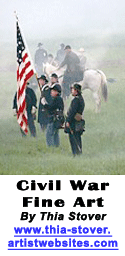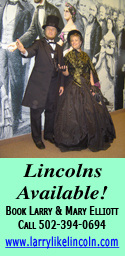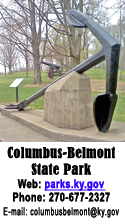|
Morgan took McMillan’s Landing
at Tompkinsville as first raid began
(EDITOR’S NOTE: Chad Comer was a major contributor to this account of the Battle of Tompkinsville.)
McMillan’s Landing was a key point.
The Monroe County location was the crossing point for both Union and Confederate troops to make their way to Kentucky from Tennessee.
Both forces viewed Monroe County and Tompkinsville as a key position in 1862 to hold for entry to central Kentucky and points northward. Crossing the Cumberland River was a lengthy ordeal for troops. The river was navigated by flatboats, which, according to Col. John Hunt Morgan, held six horses at a time. Furthermore, crossing was often made difficult and sometimes impossible due to high waters and enemy fire from the other side.
Having heard of Union forces camping at Tompkinsville, Col. Morgan crossed the Cumberland at McMillan’s Landing on the evening of July 8, 1862, and reached Tompkinsville at approximately 5 a.m, July 9, to lodge his surprise attack on the Union forces in what became the Battle of Tompkinsville.
Launching his First Kentucky Raid, Morgan quickly surrounded the Union garrison, fired two cannons into the camp, and won the fight with a furious charge. Within two hours, the battle was over and the Confederates had captured the garrison and a number of Union soldiers, including Union Major Thomas Jordan.
This, Morgan’s first raid, yielded 20 wagons, 50 mules, 40 cavalry horses, supplies of sugar, coffee, etc. In his report to Major Gen. Edmund Kirby Smith, Morgan listed 22 Union dead and 30-40 wounded, plus 30 prisoners. The Colonel suffered no losses in personnel.
After the battle, Morgan’s raiders marched on to Glasgow and continued north. In just 24 days, they traveled more than 1,000 miles, captured 17 towns, destroyed all of the government supplies and arms in them, and paroled nearly 1,200 Union troops. Four months later, Morgan would return to Tompkinsville, newly married and promoted to brigadier general. This time he and his raiders were only camping there as they began their next Kentucky raid, “The Christmas Raid, 1862-1863.”
More than 400 artifacts have been discovered, mapped and identified from the 1862 battle and are on display in the Monroe County Historical Society Museum in Tompkinsville.
|













